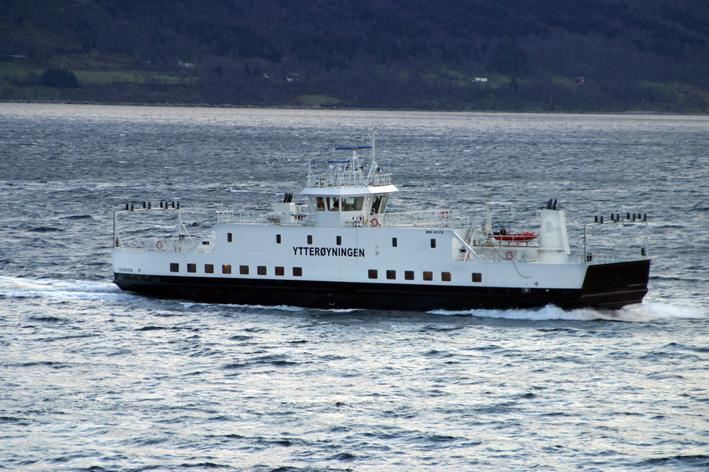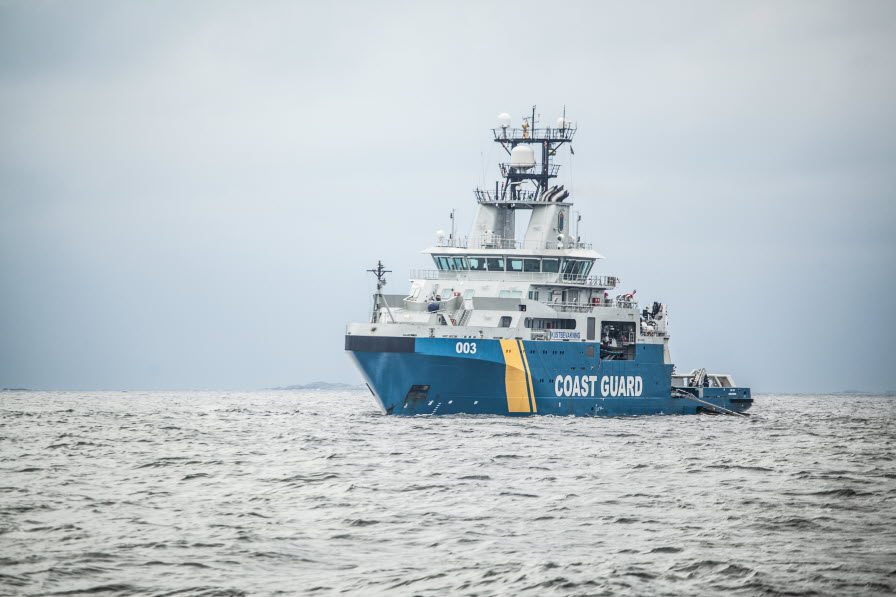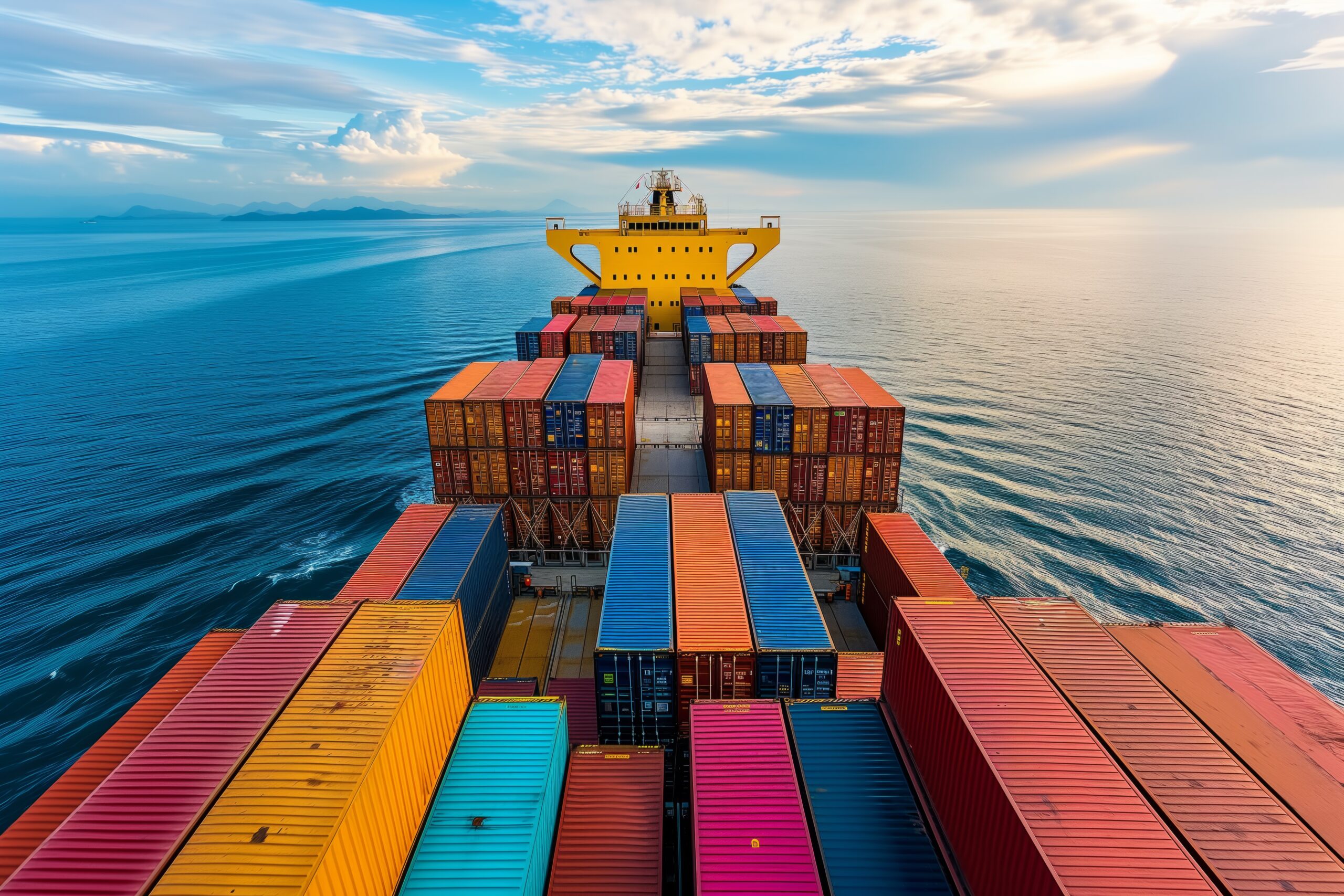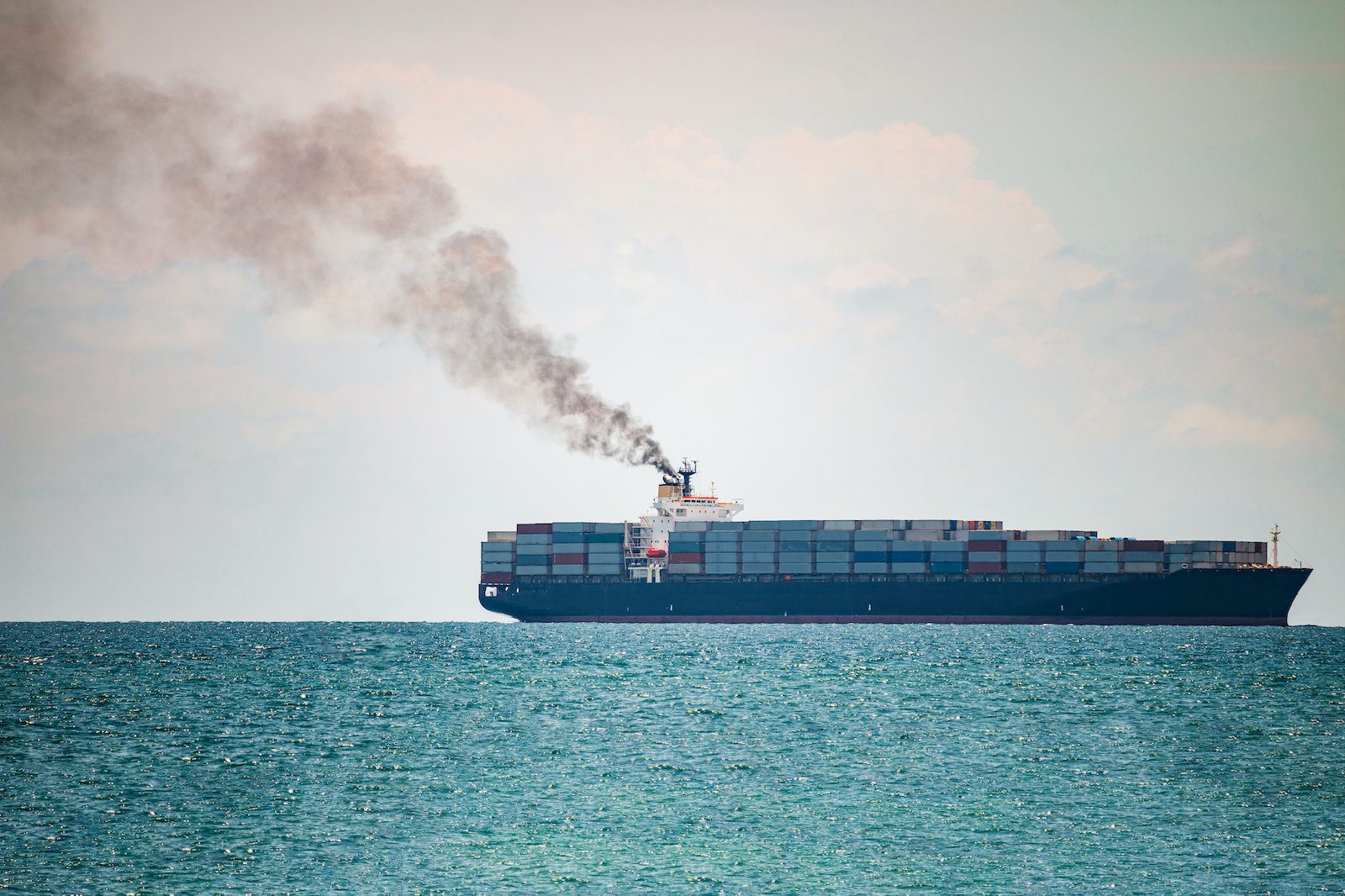MF Ytterøyningen. Photo courtesy Corvus Energy
Norwegian authorities are warning shipowners and operators about the dangers associated with lithium-ion battery systems after a fire and subsequent gas explosion on board a diesel-electric ferry in Norway.
The small fire was reported October 10 in the battery room of the Norled passenger ferry MF Ytterøyningen. The ferry returned to harbor under its own power where passengers and crew were evacuated to land.
Overnight, however, a serious gas explosion rocked the battery room causing significant damage.
Norwegian broadcasting company NRK reported that twelve firefighters were taken to the hospital for exposure to hazardous gases associated with the batteries.
“The Norwegian Maritime Authority recommends that all shipowners with vessels that have battery installations, carry out a new risk assessment of the dangers connected to possible accumulations of explosive gases during unwanted incidents in the battery systems,” the Norwegian Maritime Authority said in statement.
Alternatively, British Columbia-based, Corvus Energy, which supplied the ferry’s battery system, has issued recommendations to operators not to sail without communication between the shipboard energy management system and the battery packs, as well as what to do in case of a gas release or “thermal runaway situation.
Thermal runaway occurs when lithium-ion cell temperatures exceed the thermal runaway threshold, resulting in the sudden release of flammable, toxic gases and excessive heat that could result in an explosion.
The Norwegian Maritime Authority says the exact sequence of events in the Ytterøyningen fire has not been established, but it will issue a Safety Message update when additional facts, information and causal connections are made.
All of this has major implications for Norwegian ferry operators who are increasingly turning to hybrid diesel-electric or fully-electric power for vessels operating in environmentally sensitive fjords and coastal areas.
The Ytterøyningen was delivered in 2006 and is equipped with a Corvus Orca Energy storage system (ESS) with 1989 kWh capacity.
The Norwegian Maritime Authority circular addressing the hazards can be found here.

 Join The Club
Join The Club











